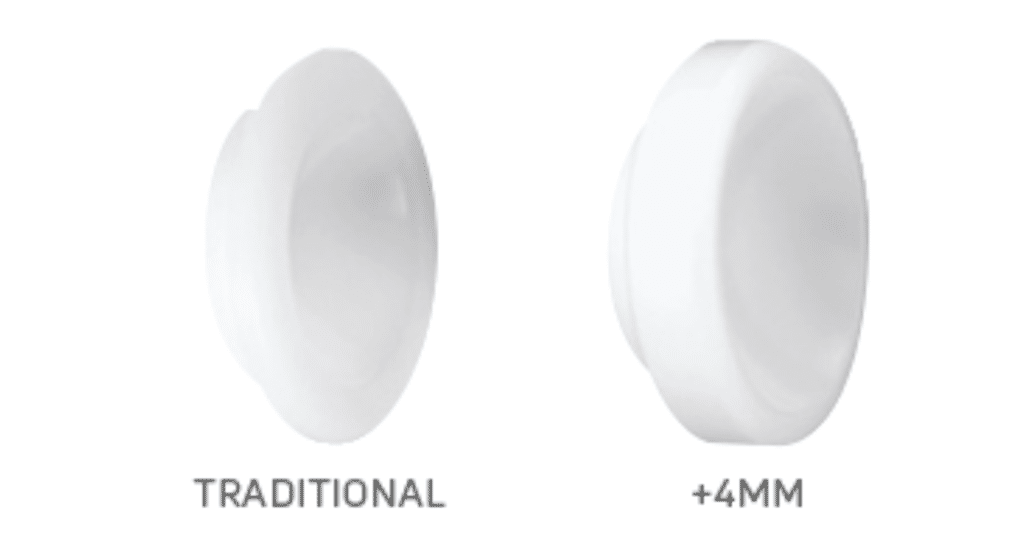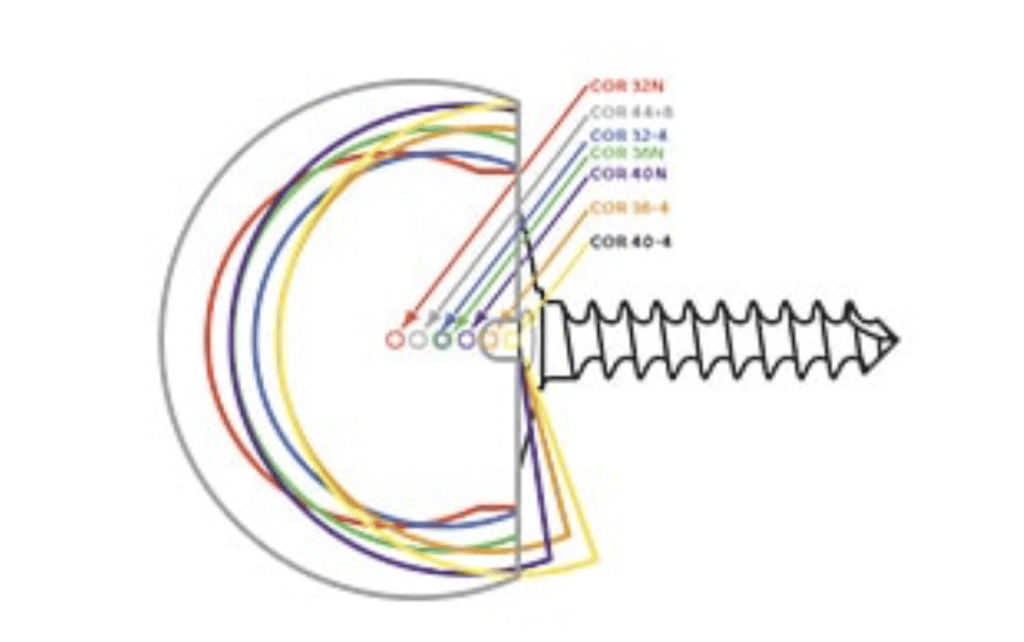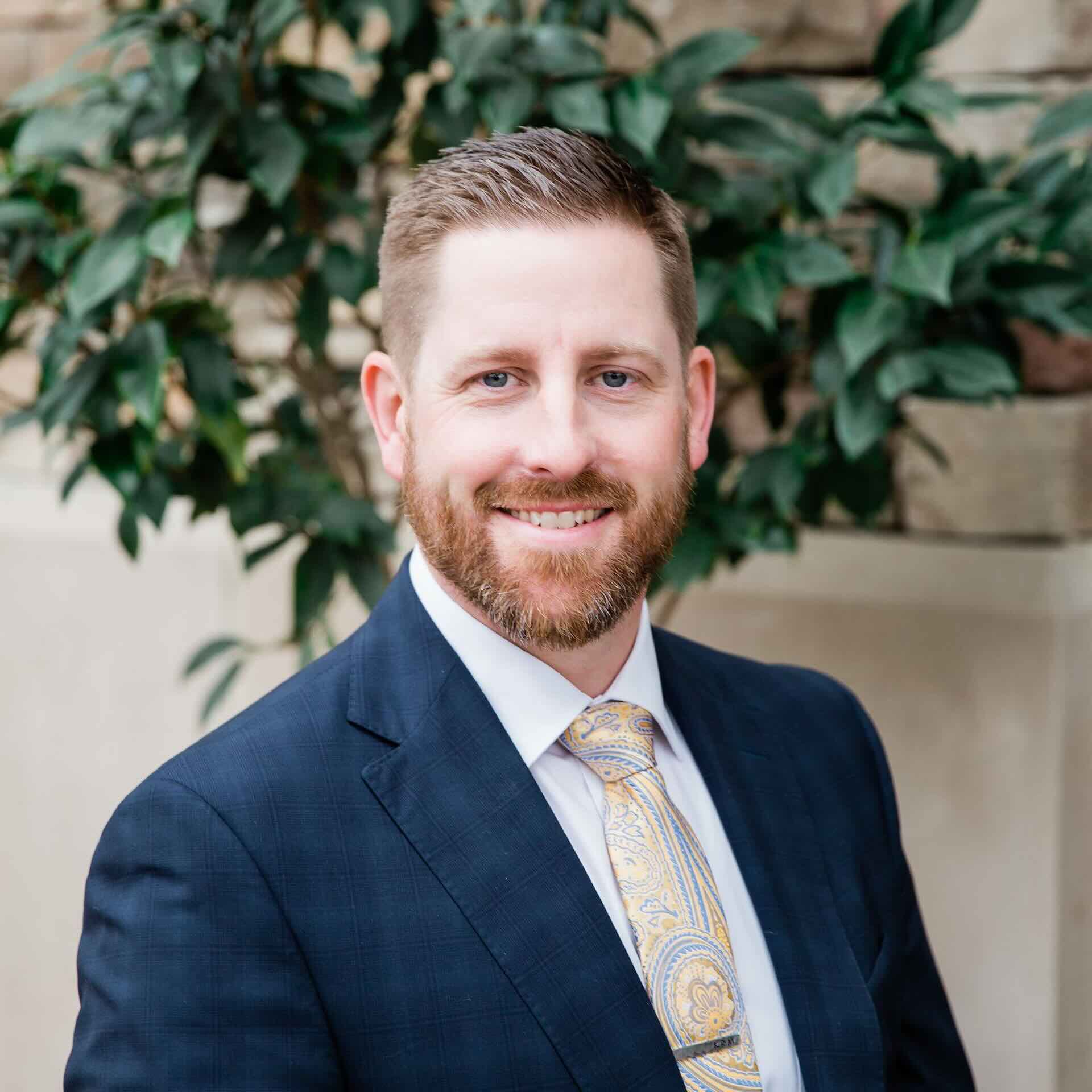Q. What Is a Reverse Shoulder Replacement?
A reverse shoulder replacement is a procedure where the shoulder’s geometry is reversed, which is where the name comes from. The humeral head, or the ball of the shoulder, becomes the socket. And the socket, or the glenoid, becomes the ball. The prosthesis design allows us to restore the function of the shoulder and eliminate pain.
Typically, a reverse shoulder replacement is used with patients who have irreparable rotator cuff tears and certain types of arthritis within the shoulder The advantage of a reverse shoulder replacement in these instances is that it allows surgeons to address many challenging issues in the shoulder with a single procedure. The reverse shoulder is a very reliable procedure that’s been around the United States since 2004 when the FDA first approved it.
We’re starting to get a lot of the long-term data back on the reverse shoulder prosthesis, and the results are very encouraging, both from a functional standpoint and a pain relief standpoint. As the reverse has become more widely used, the indications for the procedure have started to expand. Many surgeons are beginning to use this device and procedure to address other problems in the shoulder that have been pretty challenging to treat in the past. These clinical scenarios include irreparable rotator cuff tears, rotator cuff tear arthropathy, certain types of proximal humerus fractures, challenging deformities secondary to arthritis, and for revision type scenarios in patients who have previously undergone hemiarthroplasty or total shoulder arthroplasty.
Q. What Does a Reverse Shoulder Replacement Look Like?
A reverse shoulder consists of components that are placed inside of the humerus, as well as onto the glenoid, which is attached to the shoulder blade.

A stem goes down the humeral canal, and it allows us to attach a polyethylene bearing to the humerus.

Polyethylene is a common substance used in orthopedics for joint arthroplasty in all parts of the body, including hips, knees, ankles, and shoulders. This allows for a nice, smooth bearing surface.


Then we attach a large sphere that allows for articulation with the dish that’s attached to the humerus.

When all of those things are combined, you have your overall construct of a reverse shoulder.

The components come in different sizes, geometries, and configurations, to ensure the proper fit for each individual.
By and large, the main concept is having the geometry there so that the ball has now become the socket, and the socket has now become the ball.
Q. How Long Is the Recovery From a Reverse Shoulder Replacement?
In general terms, the recovery from a reverse is about three months. The first six weeks after a reverse shoulder is usually the toughest for patients, because it requires some early immobilization utilizing a sling. We do start therapy early on to work on range of motion, but you’re still limited in terms of what activities you can perform and the overall pain. As you get further out from surgery and the pain begins to decrease, and your motion begins to improve, we can allow for some slow advancement of regular activities. But in general, by about three months, most people are feeling pretty comfortable. They’re resuming a lot of their normal activities of daily living. I even have a few patients who will get back into some recreational sporting activities such as golfing, hiking, cycling, or swimming. I always tell my patients that because of scar tissue and the body’s ability to heal, you can make continuous improvements for up to almost one year post-op. The majority of the healing and recovery occur in that first three months, but you can make some subtle improvements or advancements over time.
Q. How Long Does Pain Last After Reverse Shoulder Replacement?
We typically see with a reverse shoulder replacement, as with other shoulder surgeries, that the first few weeks are the most painful. Then, the pain slowly subsides and is more manageable from day to day. By six weeks, most people are feeling much more comfortable. Physical therapy tends to be an aggravating factor for pain in the recovery period. It’s not uncommon for patients to have pretty good pain relief, and when they go to therapy and do all their exercises, it can cause their shoulder to hurt. This is normal. So that cycle of that on-again, off-again pain can last for a few months after surgery. But the majority of people are pretty comfortable and not really needing any pain medicine after about six weeks.
The reverse tends to have the quickest bounce-back in terms of regaining range of motion and feeling better.




